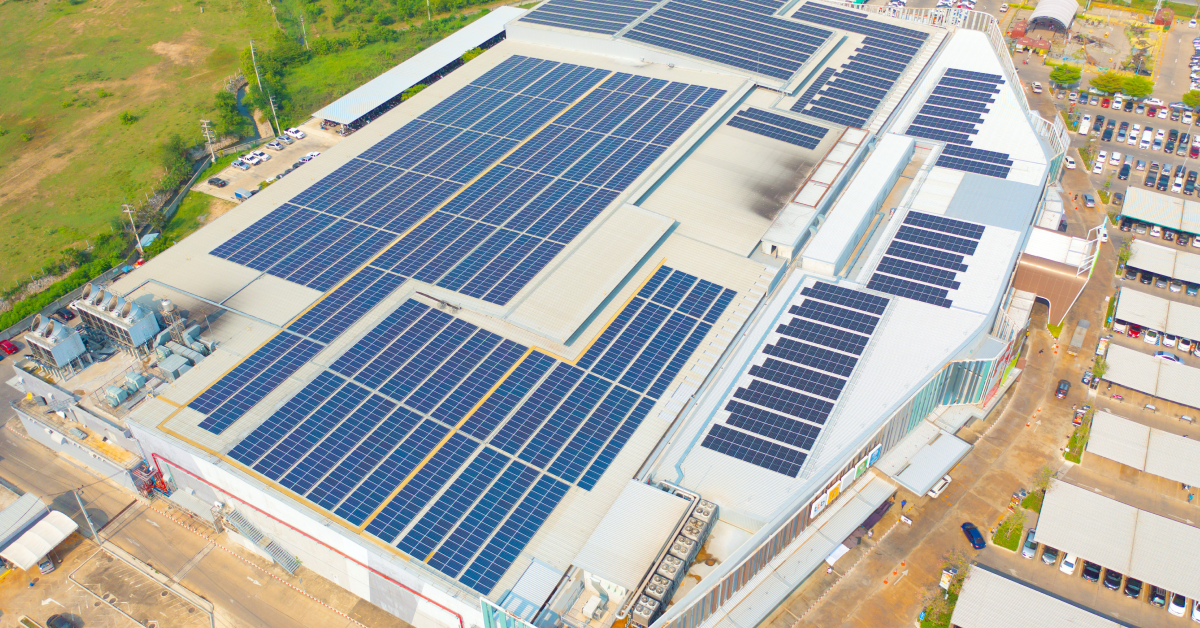Curtailment is “the action of reducing or limiting something.” In the energy sector, curtailment is used to describe a situation where either power production or power consumption is intentionally reduced (the former being most common).
Energy curtailment can be done by:
- The inverter of a renewable energy installation, as an intermediary between the grid and the energy producer, to help operators balance local grids.
- The grid operators to reduce the stress on the grid at a given moment.
- The trader or Balancing Responsible Party (BRP) to minimize economic loss due to unfavorable or negative energy prices on short-term markets.
- The small or big scale energy producers themselves to optimize their returns by using surplus energy on-site or profiting from time-of-use rates.
Index
- What is curtailment in renewable energy?
- Why is curtailment done?
- How does curtailment work?
- What is the effect of curtailment?
- How does curtailment affect my solar rooftop system?
- A smart energy management and monitoring system
- More information
What is curtailment in renewable energy?
Since the increased focus on sustainability and renewable energy, curtailment is most associated with the reduction of energy production and thus infeed from renewable sources to the grid to balance supply and demand. Curtailment of renewable energy sources, which are often subject to variable output due to weather conditions, usually happens during high wind or solar energy production in combination with low demand because the grid risks overloading from the excess.
Why is curtailment done?
As a grid management tool, curtailment is used primarily to prevent grid instability and, in extreme cases, blackouts. When imbalances between demand and supply happen, too much energy on the grid can lead it to be unreliable in terms of voltage fluctuations and frequency deviations that can damage equipment and infrastructure, and cause outages. In that sense, curtailing energy production and infeed ensures a stable and reliable power supply.
Curtailment is used to solve different issues in grid management, including:
- Bypassing bottlenecks on the distribution level due to limited grid capacity.
- Restoring grid frequency on the transmission level when other measures (e.g., control or spinning reserves) are exhausted.
- Dealing with insufficient storage facilities and transmission infrastructure.
Although reasons for curtailment can be found in unforeseeable or unforeseen behavior of power generation and consumption, in most cases the cause for curtailment is not the variability of the power being generated by renewable sources but from the inability of the grid to transport the excess energy to consumers.
How does energy curtailment work?
Curtailment works by reducing or shutting down energy production at the source. In the context of renewable energy, curtailment works by limiting the output of a power source to prevent excess or by shutting down output when it exceeds the capacity of the transmission or distribution system.
These can be done:
- Preemptively, when —for example— large renewable energy suppliers are only allowed by grid operators to be connected at 70% of their capacity to the grid.
- Remotely and based on grid status in that moment, as renewable energy assets are obliged to be networked to the control system of the grid operators and can thus be shut down to protect the grid’s stability.
- Through an automated control system, including programed inverters that reduce the amount of energy produced by solar panels or wind turbines when the forecasted production capacity will be exceeded and hence cannot be fed into the grid.
What is the effect of energy curtailment?
Simply said, the effect of curtailment is energy being wasted or lost, rather than utilized to ensure that consumers get a stable and reliable power supply. For energy producers (be it businesses with a solar installation on their roof or big-scale renewable energy farms) the effect of curtailment is loss of revenue and slower return on investment.
Curtailment is not the only way to ensure reliability but rather the easiest and most feasible in the short term for many countries. Depending on the energy landscape of the country, other options could include:
- Grid extension.
- Investment in storage facilities.
- Intelligent systems that use advanced technologies for a more responsive and dynamic grid management/dispatch that meets the evolving energy needs of society.
How does curtailment affect my solar rooftop system?
Since the share of renewable energy sources has increased, small-scale producers (with, for example, rooftop solar installations) are increasingly being treated by grid operators as a massive but dispersed solar farm. This means that in several countries small-scale systems are also being curtailed.
To avoid the economic effects of curtailment, owners of solar installations are buying smart energy management and monitoring systems that allow them to take control of their energy production and usage by, for example, increasing energy consumption on-site or doing “smart charging” to profit from price fluctuations.
A smart energy management and monitoring system
EVALAN provides a smart energy management and monitoring system that can transform any energy setup into a tailored smart solar installation, designed to satisfy the requirements, targets, and circumstances of every client. The solution can be implemented in phases, adapted to the customer’s unique context and starting point.
For more information
Send us an email to info@evalan.com.
Or book a meeting.
Get your IoT project started
Are you interested in what EVALAN can do for you? We are open to discussing the different
possibilities with you and to giving you answers to all your questions.

